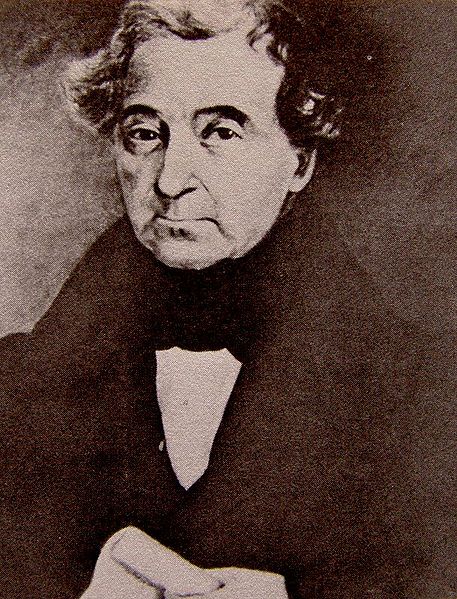Richardville Reserve and Wyandot Indian Village


(click here (290 k) and here (211 k) for larger images)
|
RICHARDVILLE RESERVE and WYANDOT
INDIAN VILLAGE
Richardville Reserve was name for
Jean-Baptiste (John B.) Richardville (1761-1841),
whose Miami name was Peshewa (Wild Cat), Miami
Principal Chief from 1815-1841. Richardville was
a metis of French and Miami ancestry. His
father, Joseph Drouet de Richardville, was a French
officer and trader. His mother, Tacumwah, was a
Miami tribal leader and trader, the sister of a
chief. Richardville owned a trading post in
northern Indiana, extensive land holdings (including
his mother’s profitable portage at Fort Wayne), and
homes at Fort Wayne and the Forks of the Wabash
(Huntington). He was rumored to be the richest
Indian in the United States in the 1820's. Wild
Cat Creek was named for him.
During treaty negotiations, land transfers called reserves often were provided for chiefs or their families to promote private ownership and encourage cooperation. At the 1818 Treaty of St. Mary’s, five sections for Keensquatakqua (Long Hair), Aronzon (Twilight), Peconbequa (A Woman Striking), Aughquamauda (Difficulty), and Miaghuqua (Noon), all children of Richardville. The boundaries were fixed when the Richardville Reserve was survey in 1823. When the first white families
arrived, in 1823, just ahead of the surveyors, they
found Potawatomi living in log cabins and
wigwams. A trading post was nearby. In
1828, a treaty with the Eel River Indians of Thorntown
was negotiated at the village. The following
year, the Richardvilles sold the land to Samuel
McGeorge, a trader and farmer who raised race
horses. The Potawatomi are thought to have left
when their tribe was removed in 1838.
Purchased through donations. Installed by the Tippecanoe County Historical Association 2001 |

Jean-Baptiste Richardville
Historical Markers
© 2014 Tippecanoe County INGenWeb Project